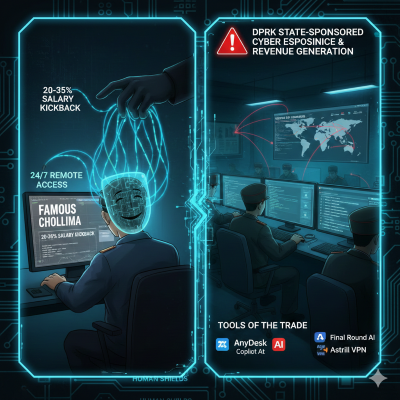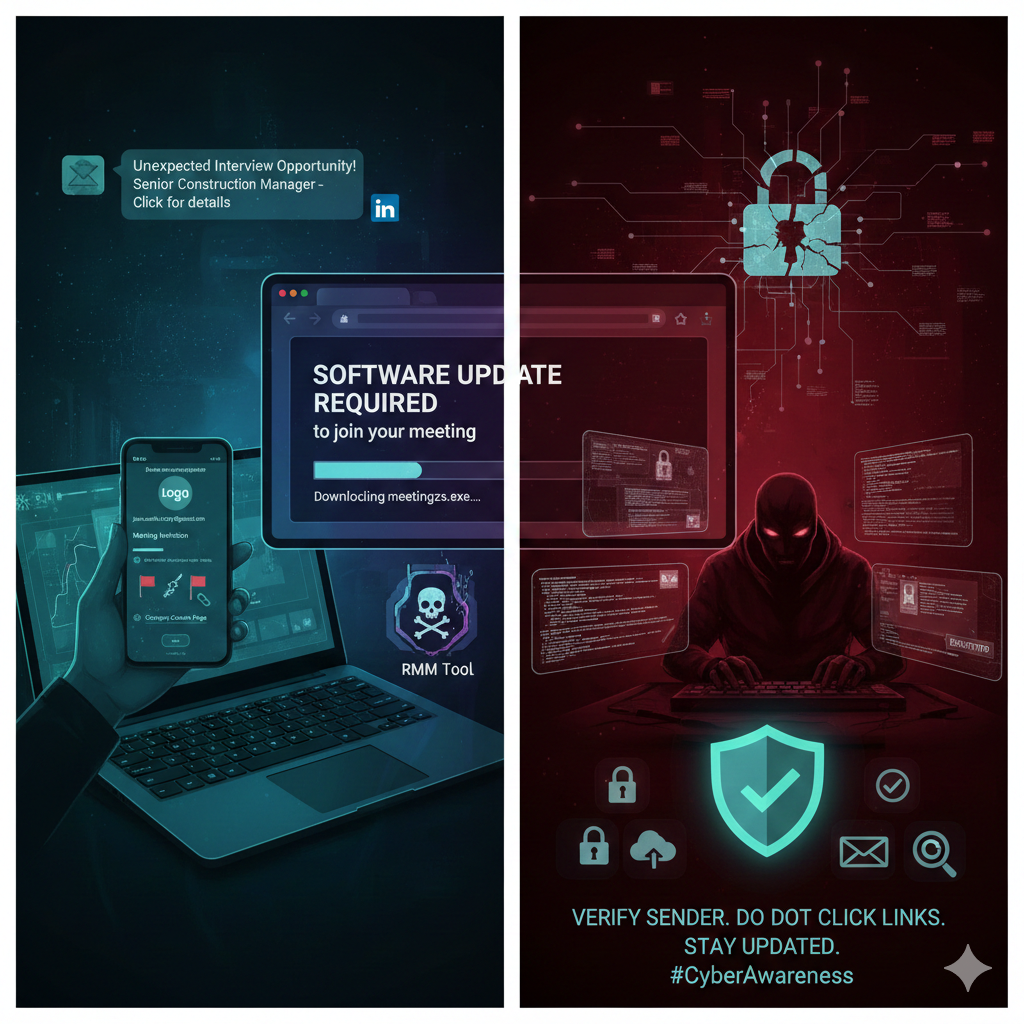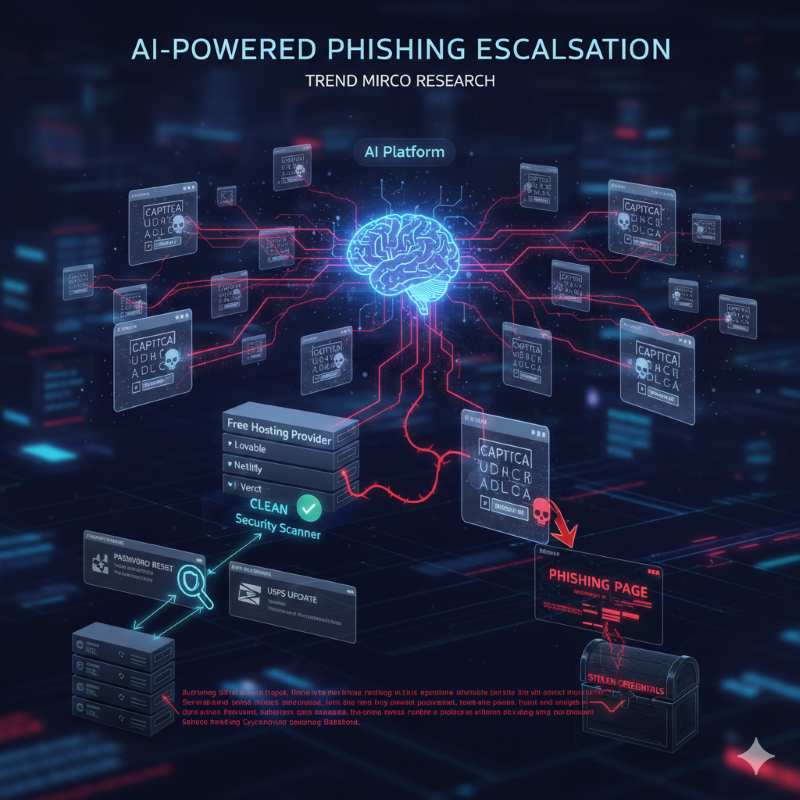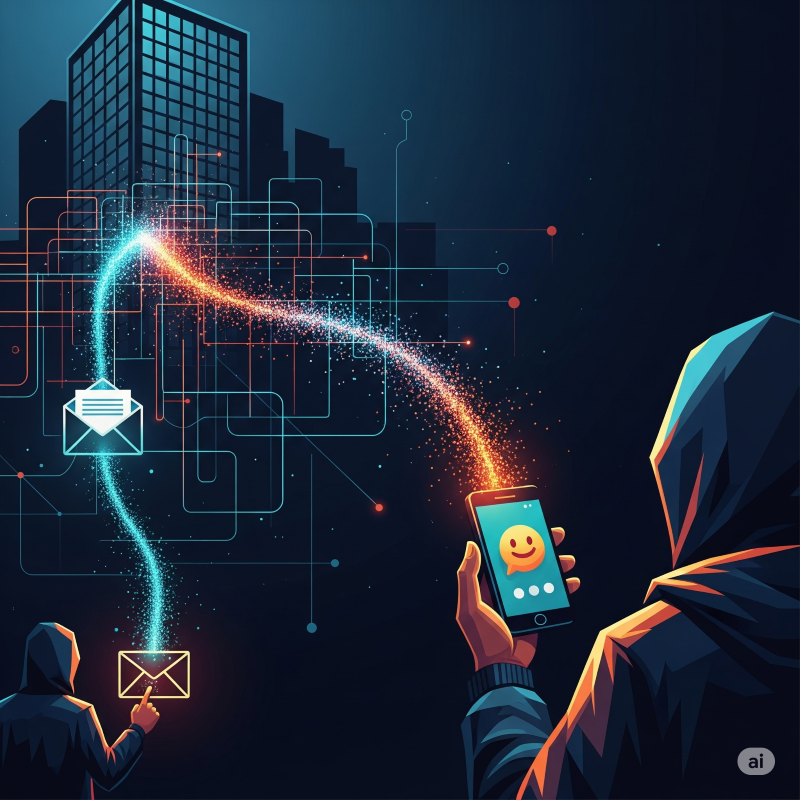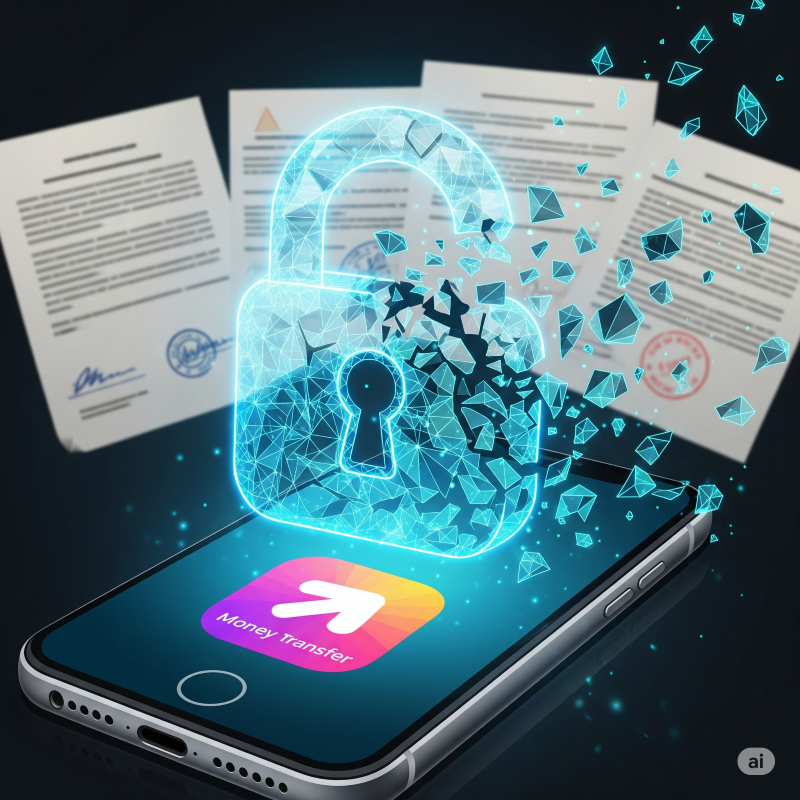cybercrime
-
What’s New in Cybersecurity This Week: Projects, Videos, Articles & Podcasts I’m Following – 12/1/25
Welcome to my weekly cybersecurity roundup! Here, I share updates on the projects I’m currently working on, along with the most insightful cybersecurity videos I watched, articles I found valuable, and podcasts I tuned into this week. Featured Analysis Featured article analysis: North Korea lures engineers to rent identities in fake IT worker scheme This
-
What’s New in Cybersecurity This Week: Projects, Videos, Articles & Podcasts I’m Following – 10/27/25
Welcome to my weekly cybersecurity roundup! Here, I share updates on the projects I’m currently working on, along with the most insightful cybersecurity videos I watched, articles I found valuable, and podcasts I tuned into this week. Featured Analysis Featured article analysis: You have one week to opt out or become fodder for LinkedIn AI
-
What’s New in Cybersecurity This Week: Projects, Videos, Articles & Podcasts I’m Following – 9/15/25
Welcome to my weekly cybersecurity roundup! Here, I share updates on the projects I’m currently working on, along with the most insightful cybersecurity videos I watched, articles I found valuable, and podcasts I tuned into this week. Featured Analysis Featured article analysis: Former FinWise employee may have accessed nearly 700K customer records The data breach at
-
What’s New in Cybersecurity This Week: Projects, Videos, Articles & Podcasts I’m Following – 9/1/25
Welcome to my weekly cybersecurity roundup! Here, I share updates on the projects I’m currently working on, along with the most insightful cybersecurity videos I watched, articles I found valuable, and podcasts I tuned into this week. Featured Analysis Featured article analysis: New ClickFix Malware Variant ‘LightPerlGirl’ Targets Users in Stealthy Hack The article highlights
-
What’s New in Cybersecurity This Week: Projects, Videos, Articles & Podcasts I’m Following – 8/11/25
Welcome to my weekly cybersecurity roundup! Here, I share updates on the projects I’m currently working on, along with the most insightful cybersecurity videos I watched, articles I found valuable, and podcasts I tuned into this week. Featured Analysis Featured article analysis: New York claims Zelle’s shoddy security enabled a billion dollars in scams The
-
What’s New in Cybersecurity This Week: Projects, Videos, Articles & Podcasts I’m Following – 8/4/25
Welcome to my weekly cybersecurity roundup! Here, I share updates on the projects I’m currently working on, along with the most insightful cybersecurity videos I watched, articles I found valuable, and podcasts I tuned into this week. Featured Analysis Featured article analysis: Hacker extradited to US for stealing $3.3 million from taxpayers The article details the
-
What’s New in Cybersecurity This Week: Projects, Videos, Articles & Podcasts I’m Following – 7/28/25
Welcome to my weekly cybersecurity roundup! Here, I share updates on the projects I’m currently working on, along with the most insightful cybersecurity videos I watched, articles I found valuable, and podcasts I tuned into this week. Featured Analysis Featured article analysis: Tea’s data breach shows why you should be wary of new apps — especially

